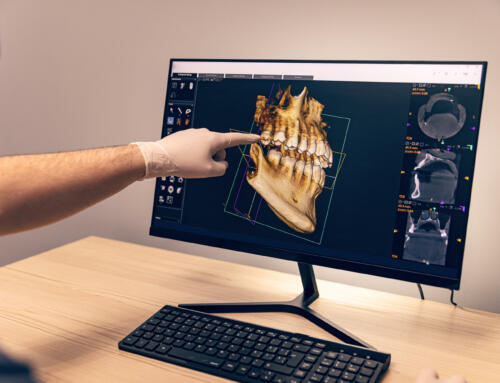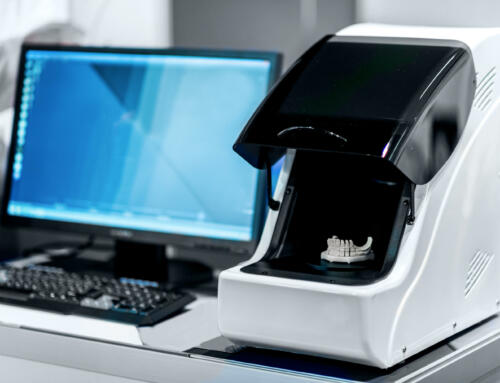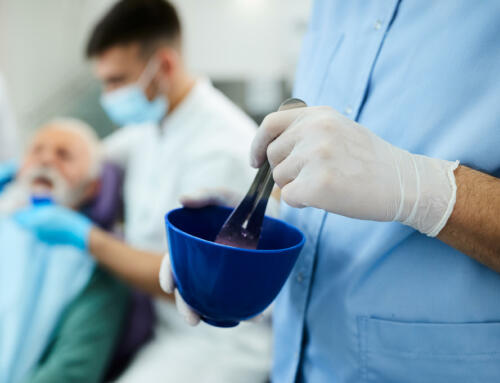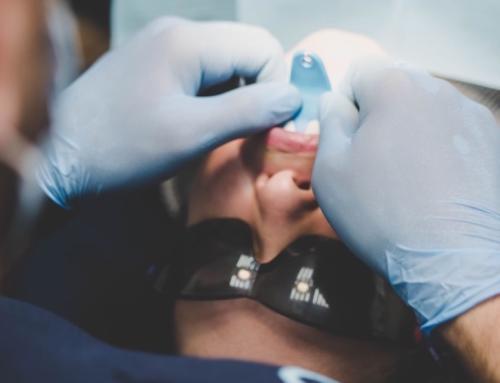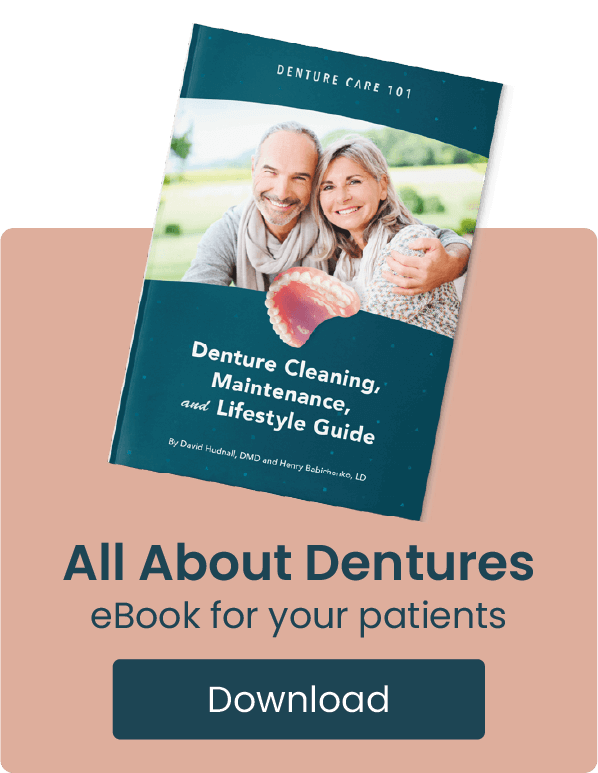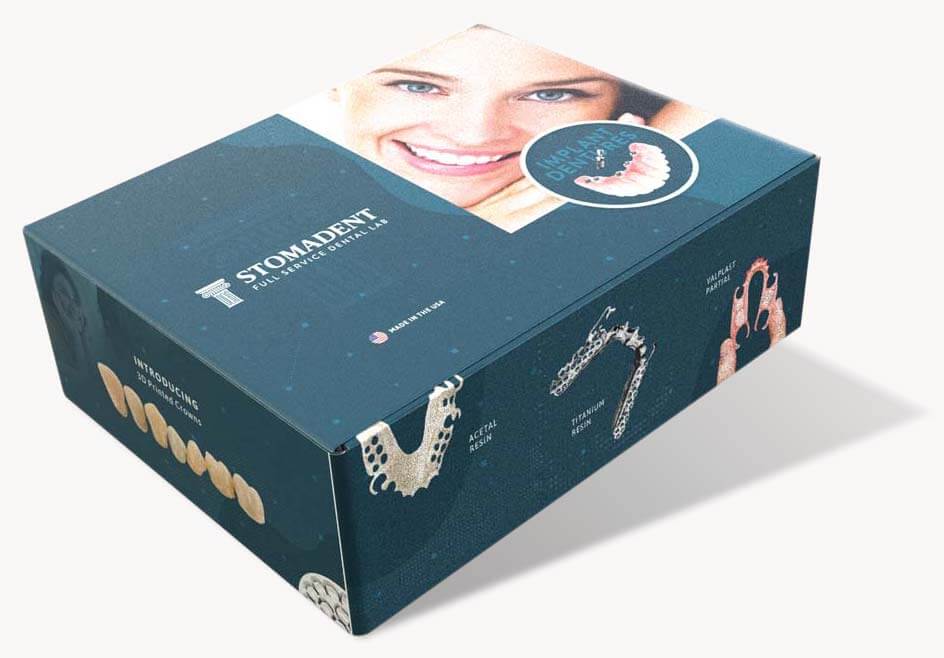
By David Hudnall, DMD
Stress is all around us. Unfortunately, it has become an accepted way of life in American society. Job stress, stress behind the wheel of a car, and balancing family commitments with health concerns often lead people to internalize their aggression and take it out on their own teeth.
Over time this can add up to an actual disease, occlusal disease, which is a mechanically-induced form of damage to the dentition and its supporting structures.
Well-known clinician and dental researcher Dr. Gordon Christensen has estimated that at least one-third of the U.S. population unknowingly bruxes or clenches their teeth, leading to muscle and ligament pain, tooth damage, jaw pain, and other negative consequences.
As dentists, we all think of bruxism as the cause of worn dentition that gradually happens over many years. But clinching, grinding, and gnashing of teeth can be the cause of further dental issues that even dentists may find perplexing including broken or fractured fillings, cracked tooth syndrome, Class V fillings, cervical tooth sensitivity, bone loss, and mobile teeth.
In some cases, patients are referred to an endodontist for root canal therapy on painful teeth when occlusal disease is the real culprit. What can be done to help these patients before their parafunctional habits have escalated to the point of chronic pain or irreversible damage? Read on to find out.
What Is a Bite Splint?
Dentists can’t fault a patient who looks at a bite splint or occlusal splint and thinks “That’s a mouthguard.” While the two oral appliances might look similar at first glance, a mouthguard is designed to prevent injuries resulting from playing a sport. A bite splint, which dentists might describe to their patients as a nightguard, reduces pressure on the teeth. They act as shock absorbers that disperse the stress on the teeth.
A well-constructed dental bite splint appliance is more than just a nightguard to help protect the teeth during sleep. It is designed to separate the teeth, hold the jaw in a more comfortable neutral position and allow the teeth to glide giving the muscles and over-firing nerves the opportunity to rest and relieve the pressure placed on the temporomandibular joint and the periodontal ligaments.
Few dentists routinely include an occlusal evaluation for all of their patients; even fewer are confident in their own ability to perform occlusal therapy. But bite splints make a world of difference to your bruxing and grinding patients, alleviating pain and preventing further destruction of existing dentition.
Since bite splints aren’t designed to cause permanent changes to your patient’s bite, the treatment is reversible simply by removing the splint. A bite splint may be prescribed as short-term therapy for acute pain or it may be used as part of a comprehensive long-term solution to protect the teeth, dental restorations, implants, periodontium, and the TMJ.
Types of Bite Splints
Dental bite splints are made from a variety of materials to serve different purposes. Whether the goal is to reprogram the musculature or to simply protect previous dental restorations, most patients do benefit from wearing a bite splint at night.
Hard Acrylic Bite Splints
These splints are made from clear acrylic or 3D printed from polymer resin. They may serve different purposes, depending upon the patient’s specific needs.
- Permissive splints allow the teeth to glide unimpeded over the biting surfaces. These appliances include bite planes and bite stabilization splints which help to protect the teeth and supporting structures from the damaging forces of bruxism.
- Nonpermissive splints have ramps or indentations built into them that limit the movement of the mandible. These appliances are often used as part of therapy to help reposition the condyles into their proper alignment, improving joint comfort.
Soft Rubber (Silicone) Splints
Soft splints are mainly used to treat myofascial pain syndrome, a condition where trigger points in the muscles cause pain and refer pain to remote locations, such as the temples, neck, and shoulders. This syndrome usually occurs after the muscle has been repeatedly contracted, causing the pain to persist or become worse. People who frequently experience stress and anxiety are more likely to clench the muscles, leaving them more susceptible to trigger points.
Hard/Soft Bite Splints
H/S splints are the newest entrant to the dental bite splint market. These splints offer the best benefits of both of the previously mentioned appliances by protecting the teeth and the surrounding structures while easing myofascial pain aggravated by repeated clenching and grinding.
Two different layers make up the hard/soft bite splint: a 1 mm soft polyurethane inner layer and a 3 mm hard copolymer outer layer. The soft internal surface rests comfortably against the teeth and gums while the hard occlusal surface provides a durable layer to protect the teeth. The copolymer surface also bonds well with acrylic for easy modification and customization.
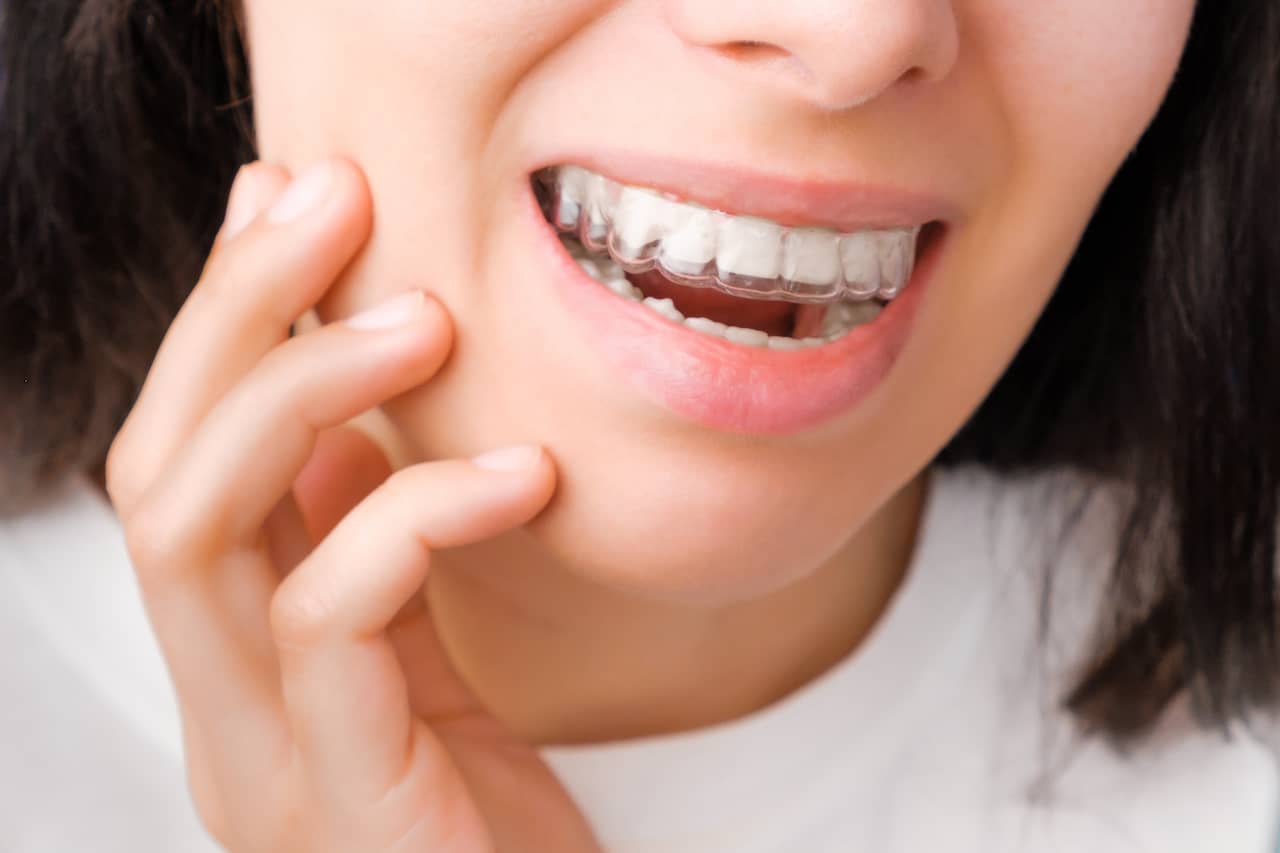
When To Choose a Bite Splint
Splints can be effectively used to protect dentition and improve patient comfort and overall well-being. Because occlusal disease is one of the most under-diagnosed dental issues, here are some conditions that bite splints address:
- Temporomandibular disk (TMD) and temporomandibular joint (TMJ) disorders, in which the jaw muscles, bones, and joints don’t work in harmony as they should.
- Grinding, which usually occurs while the patient is sleeping without them realizing it.
- Clenching caused by anxiety and stress, leading to TMJ issues if left undiagnosed or untreated.
- Periodontal disease, which makes the patient more susceptible to clenching or grinding.
- Post-orthodontic retention to keep teeth in place after braces are removed and before the teeth have locked into their new positions.
- Temporary tooth replacements held in place by a dental bite splint.
Benefits of a Bite Splint
- Ease of pain caused by clenching and bruxism
- Protects the dentition and periodontium from excessive forces
- Prevents flattening of teeth, which leads to tooth sensitivity, dentin exposure, loss of vertical dimension, unaesthetic appearance
- Acts to retain tooth position, preventing shifting
- Can improve the symptoms of sleep apnea
Dental Bite Splints for All from Stomadent Dental Laboratory
Natural teeth and beautiful restorations deserve to be protected. As dentists, sometimes we must help our patient improve their health by preventing them from damaging what they already have. A dental bite splint can do just that by easing pain caused by stress as well as preventing excessive wear and tear to the dentition.
Trust Stomadent to be your provider of custom-made bite appliances that fit precisely upon delivery, making the whole process a pleasant one for everyone involved. See the full line of offerings by Stomadent Dental Laboratory. What better way to help your patient to help themselves? Contact us today!

![Hybrid Denture with Titanium Bar [Best Methods + Advantages]](https://stomadentlab.com/wp-content/uploads/2024/01/dental-prosthesis-on-dark-background-2023-11-27-05-06-28-utc-scaled-500x383.jpg)
![The Lucitone Denture Advantage [Best Practices + Advice]](https://stomadentlab.com/wp-content/uploads/2022/08/lucitone-promo-1-500x383.jpg)
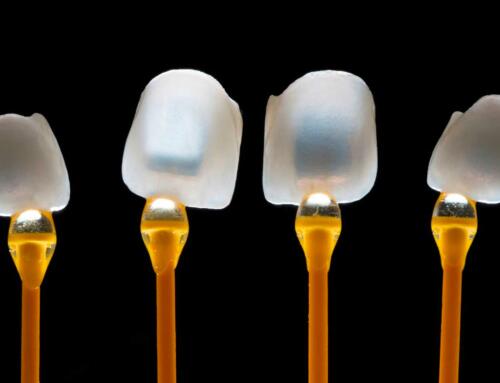
![How to Remove Snap On Dentures [Expert Guidance]](https://stomadentlab.com/wp-content/uploads/2023/12/a-denture-in-a-glass-of-water-dental-prosthesis-c-2023-11-27-04-50-54-utc-scaled-500x383.jpg)

